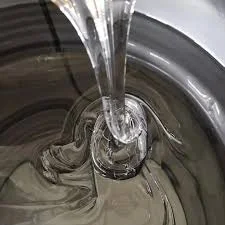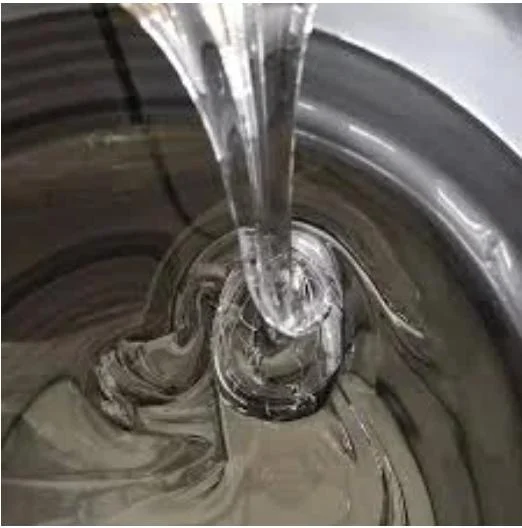Isoparaffins, also known as isoparaffinic hydrocarbons, are a group of hydrocarbon solvents with unique properties that make them suitable for a wide range of industrial applications. These solvents are derived from petroleum and are highly versatile due to their excellent solvency power, low toxicity, and favorable environmental profile. In this blog post, we will explore the uses and advantages of isoparaffins in various industrial applications, highlighting their benefits and contributions to different sectors.
Industrial Applications of Isoparaffins
1.Cleaning and Degreasing:
Isoparaffins are commonly used in cleaning and degreasing applications across various industries, including automotive, aerospace, and electronics. Their excellent solvency power enables efficient removal of oil, grease, and other contaminants from surfaces and components. Isoparaffins are particularly favored for their ability to dissolve a wide range of soils without leaving behind residue or impacting the quality of the cleaned parts.
2.Paints, Coatings, and Inks:
Isoparaffins find extensive use in the formulation of paints, coatings, and inks. Their low surface tension and viscosity facilitate easy spreading and leveling of these products, resulting in a smooth and uniform finish. Isoparaffins also act as diluents or solvents for various resins, pigments, and additives used in these formulations. Additionally, their low aromatic content makes them an attractive alternative to traditional solvents with higher levels of volatile organic compounds (VOCs).

3.Adhesives and Sealants:
Isoparaffins play a vital role in the formulation of adhesives and sealants. They contribute to the desired viscosity, flow properties, and drying characteristics of these products. Isoparaffins are often selected for their compatibility with a wide range of adhesive and sealant formulations, ensuring optimal performance and durability. Their low odor and low toxicity make them suitable for applications in sensitive environments, such as hospitals and schools.
4.Personal Care Products:
Isoparaffins are utilized in the formulation of personal care products, including cosmetics, lotions, and hair care products. They serve as emollients, providing a smooth and silky texture to these products. Isoparaffins also act as carriers for active ingredients, facilitating their absorption into the skin or hair. Their non-comedogenic nature and lack of skin irritation potential make them well-suited for use in sensitive and hypoallergenic formulations.
5.Pharmaceuticals:
Isoparaffins find applications in the pharmaceutical industry as carriers for active pharmaceutical ingredients (APIs) and excipients. Their high purity, low toxicity, and excellent stability make them suitable for use in oral, topical, and parenteral formulations. Isoparaffins can enhance the solubility, bioavailability, and stability of APIs, promoting optimal drug delivery and patient outcomes.
Advantages of Isoparaffins
1.High Solvency Power:
Isoparaffins possess excellent solvency power, allowing for efficient dissolution of various substances. Their ability to dissolve oils, greases, resins, and other contaminants makes them highly effective in cleaning, degreasing, and formulation applications. The high solvency power of isoparaffins ensures thorough and effective processes, leading to improved product quality and performance.
2.Low Toxicity:
Isoparaffins have a low toxicity profile, making them safer to handle and use compared to many other solvents. They have low vapor pressure and low volatility, minimizing the risk of inhalation exposure. Isoparaffins also have low skin irritation potential, reducing the likelihood of skin sensitization or allergic reactions. The low toxicity of isoparaffins enhances workplace safety and promotes the development of environmentally friendly products.

3.Favorable Environmental Profile:
Isoparaffins have a favorable environmental profile, making them attractive for industries seeking to reduce their ecological impact. They have low potential for ozone depletion and negligible contribution to global warming. Isoparaffins are also non-carcinogenic and non-mutagenic, further ensuring their safety for human health and the environment. The use of isoparaffins aligns with sustainability goals and regulatory requirements, supporting environmentally conscious practices.
4.Stability and Shelf Life:
Isoparaffins are highly stable compounds, both in their pure form and as components of formulations. They exhibit excellent resistance to oxidation, ensuring a long shelf life for products containing isoparaffins. The stability of isoparaffins contributes to the extended storage and usability of paints, coatings, adhesives, and other products, reducing waste and improving cost-effectiveness.

Conclusion
Isoparaffins are versatile solvents that find widespread use in various industrial applications. Their high solvency power, low toxicity, and favorable environmental profile make them valuable components in cleaning and degreasing, paints and coatings, adhesives and sealants, personal care products,pharmaceuticals, and more. The advantages of isoparaffins, including their high solvency power, low toxicity, favorable environmental profile, and stability, make them a preferred choice for industries looking for effective and sustainable solutions. The versatility and benefits of isoparaffins contribute to their significant role in enhancing product performance, safety, and environmental sustainability in diverse industrial sectors.







